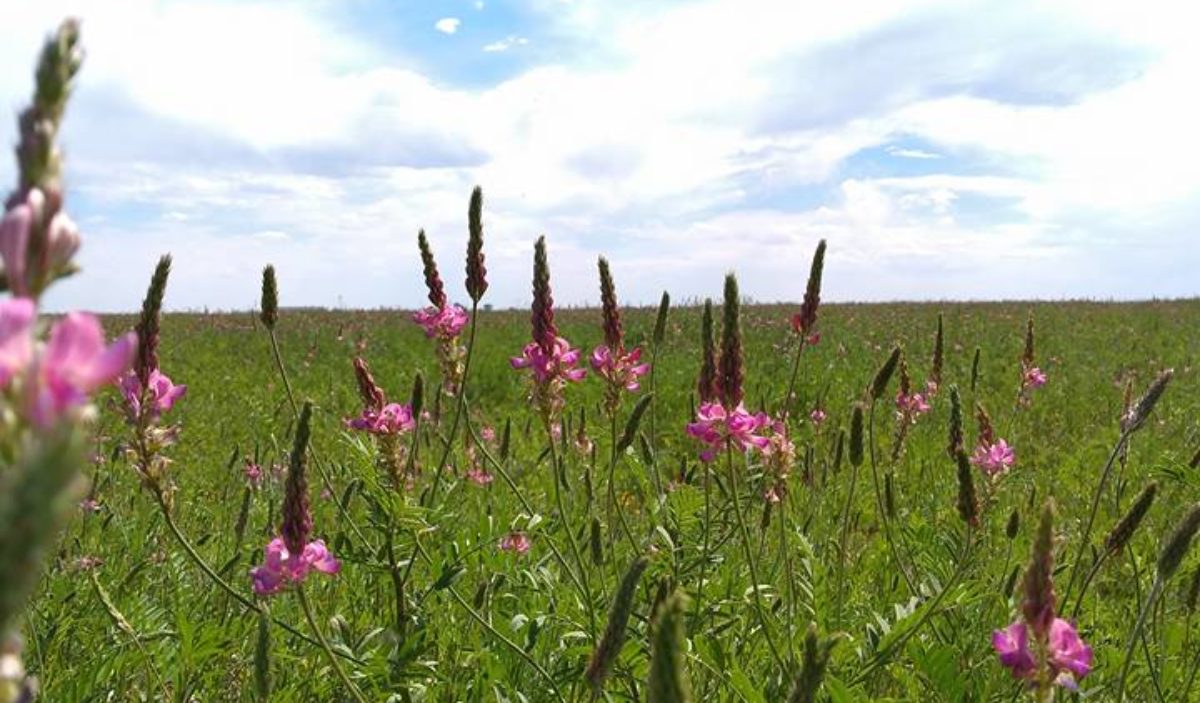Last year when we planted sainfoin I thought we’d have four foot tall greenery in no time. That didn’t happen. Still, I’m finding sainfoin to be a fascinating plant. We heavily planted on 4 acres but I threw seeds everywhere. They are in the Kraters, berms, cider orchard and randomly about.
The interesting thing about this random tossing of seeds is that they have grown a bit differently depending on their location. The sainfoin planted in the field has not grown terribly tall (dealing with extreme compaction). It has branched out more though.
The sainfoin on the berm has grown quite tall and thick (very loose soil).
I’m going to continue to enjoy watching these plants grow.



























